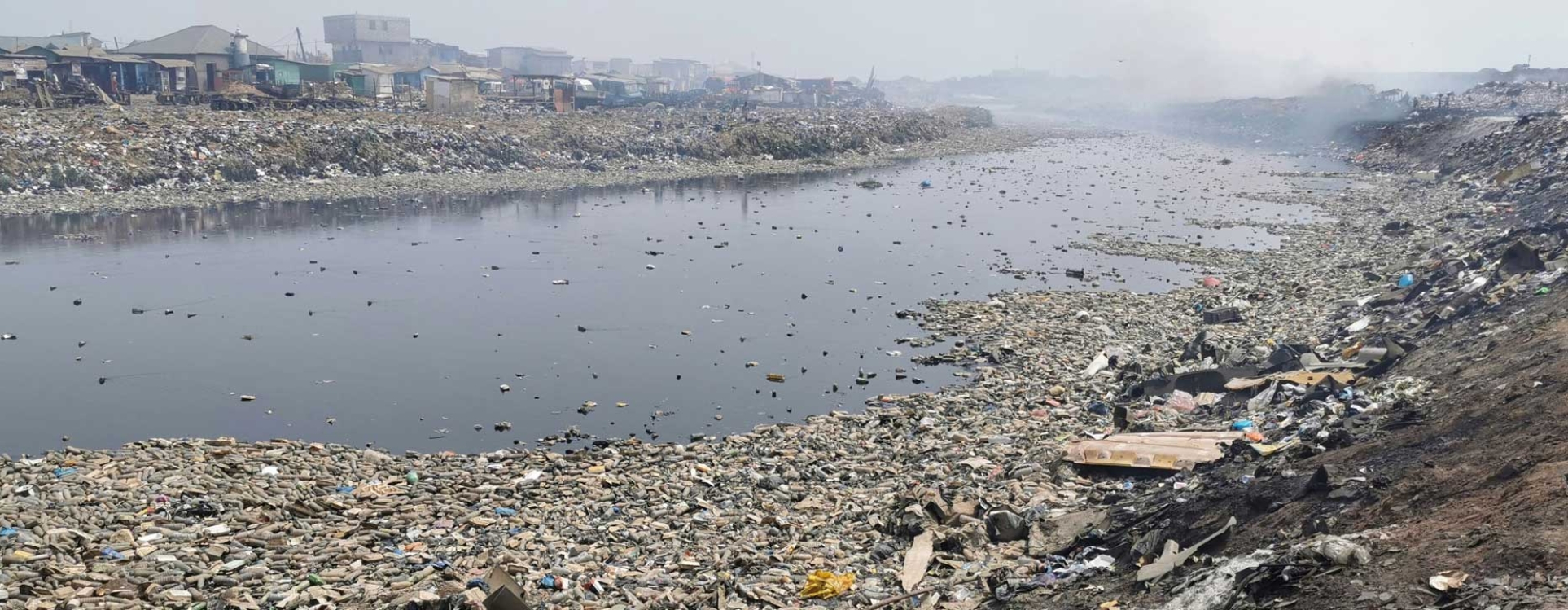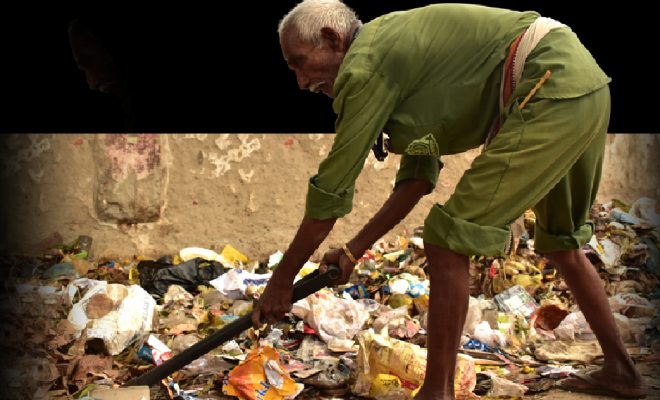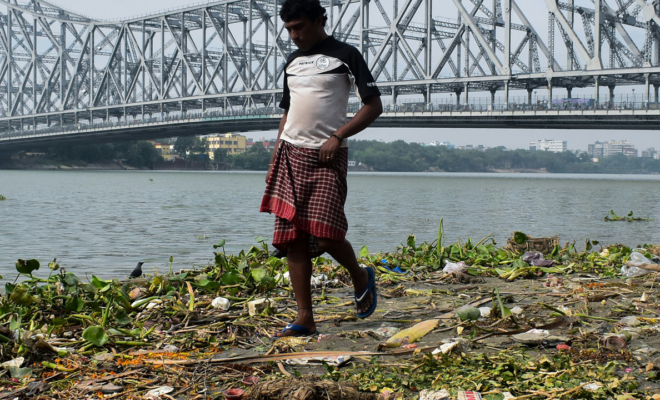Negligence or lack of awareness? In European cities, between 10% and 20% of all urban waste comes from the ground and has been thrown there by citizens. This data is revealed by a study from The Clean Europe Network platform, which aligns with other studies conducted in American and Australian cities. One can find 45.7 “waste units” per square kilometre on the streets of developed countries’ cities. These are visible and thus identifiable objects: cigarette butts, animal excrement, food wrappers, plastic bottles, and beverage cans are the most common.

In marginalized neighbourhoods, waste is often unavoidable. © billycm
From Ground to Water
This waste poses a health risk, and a significant portion ends up in the water. A report from the United States National Academies adds that in urban areas, approximately 30% of what is discarded on the ground is transported by rain runoff or street cleaning to bodies of water. It is unlikely that any waste left on the ground doesn’t come into contact with water, which always carries away some contaminant particles from its chemical structure.
However, runoff also carries pollutants inherent to human activity that are difficult to perceive, such as remnants of paint, disinfectants, fertilizers, and various chemicals. Others are practically impossible to eliminate, though they can be reduced, like residual elastomers from the friction of rubber car tyres accumulating on the pavement. Most of these microparticles are washed into sewers, but not all are removed by the filtration systems of water treatment plants (WWTPs). It is estimated that up to 35% of the microparticles in the sea come from urban runoff, including microplastics.
However, citizens also leave waste on unpaved surfaces. In parks, for example, rainwater transports many contaminants into the earthy subsoil, harming plants and reaching groundwater layers and aquifers. This is a widespread issue, seen in tree pits filled with cigarette butts and excrement, which is a common sight in many cities around the world.
Not Everyone Has Sewers and Treatment Plants
In economically developed countries, sewer systems transport wastewater to treatment plants (WWTPs), where, with varying degrees of success, contaminants are prevented from returning to the environment. However, these systems sometimes overflow, such as during torrential rains. Pere Malgrat, an expert in urban sanitation, explained during the debate “Waste on Land. Waste in Water“: “In Mediterranean cities, during major storms, unitary sewage systems can handle 80 to 100 times more rainwater than wastewater. This leads to overflow, and the excess is discharged into the sea through spillways. We estimate that this water carries 25% to 50% of contaminant load yet to be eliminated.” Urban floods are almost always sources of water pollution.
This brings us to the problem of large-scale sanitation. According to the JMP, about 3.458 billion people worldwide live in environments without sewers or treatment plants. In these areas, the movement of waste from the ground to the water is alarmingly significant, especially in slums. The case of the Mithi River in Mumbai or Wular Lake in Kashmir shows the severity of the problem in the planet’s poorest suburbs, which continue to grow. The added problem with these informal settlements is that their growth is always horizontal, often in areas highly exposed to flooding.
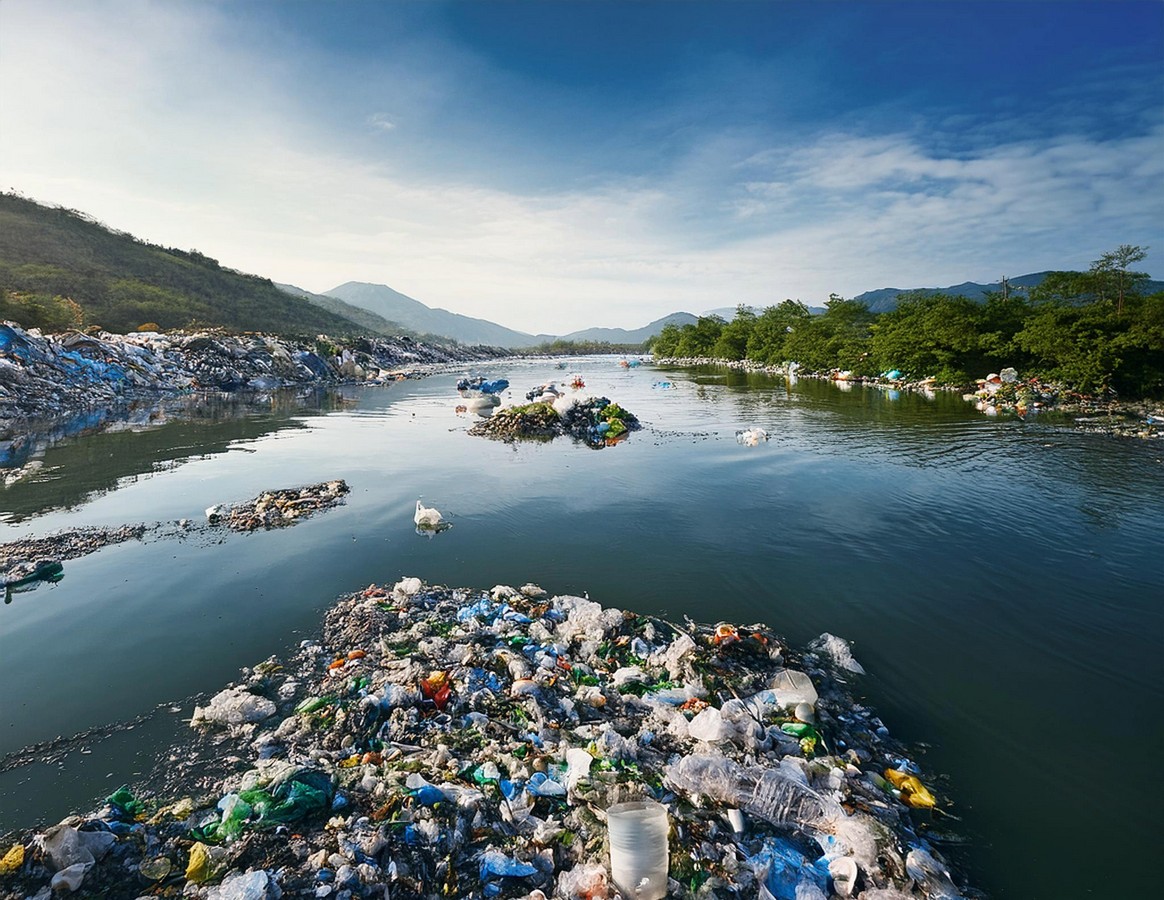
Who Throws Waste?
The blatant visibility of dirty streets reveals another source of pollution: product consumers. The mountains of plastic accumulating to form islands in the ocean, covering rivers, and overflowing landfills are mostly made up of products discarded by those who consumed them.
This negligence is an uncomfortable reality and a source of some controversy. A segment of public opinion argues that blaming the consumer always masks the responsibility of manufacturers and, by extension, the production system, which is responsible for implementing changes to at least mitigate the growing waste invasion.
A change in the production model still needs to solve the accumulation of litter. Adopting recycling models inspired by the circular economy is costly because it requires creating incentives and fostering a collaborative spirit among economic sectors, something international governance is still powerless to achieve. Plastic is an example: less than 30% is recycled, and 24% is incinerated.
In the case of plastic, prohibition policies based on removing products likely to be negligently discarded, such as single-use items, and adopting measures to facilitate recycling are governance efforts that need to be revised to contain the waste avalanche.
The Shameful Evidence of Cigarette Butts
What is clear is that manufacturers are not the ones throwing waste on the ground. Much remains to be done regarding public education in many urban areas of the developed world. The case of cigarette butts is an example. It is estimated that around 4.5 trillion cigarette butts are discarded annually on the ground, into tree pits, toilets, and urban drains. According to Ocean Conservancy, cigarette butts make up approximately 32% of all waste collected on beaches and bodies of water worldwide.
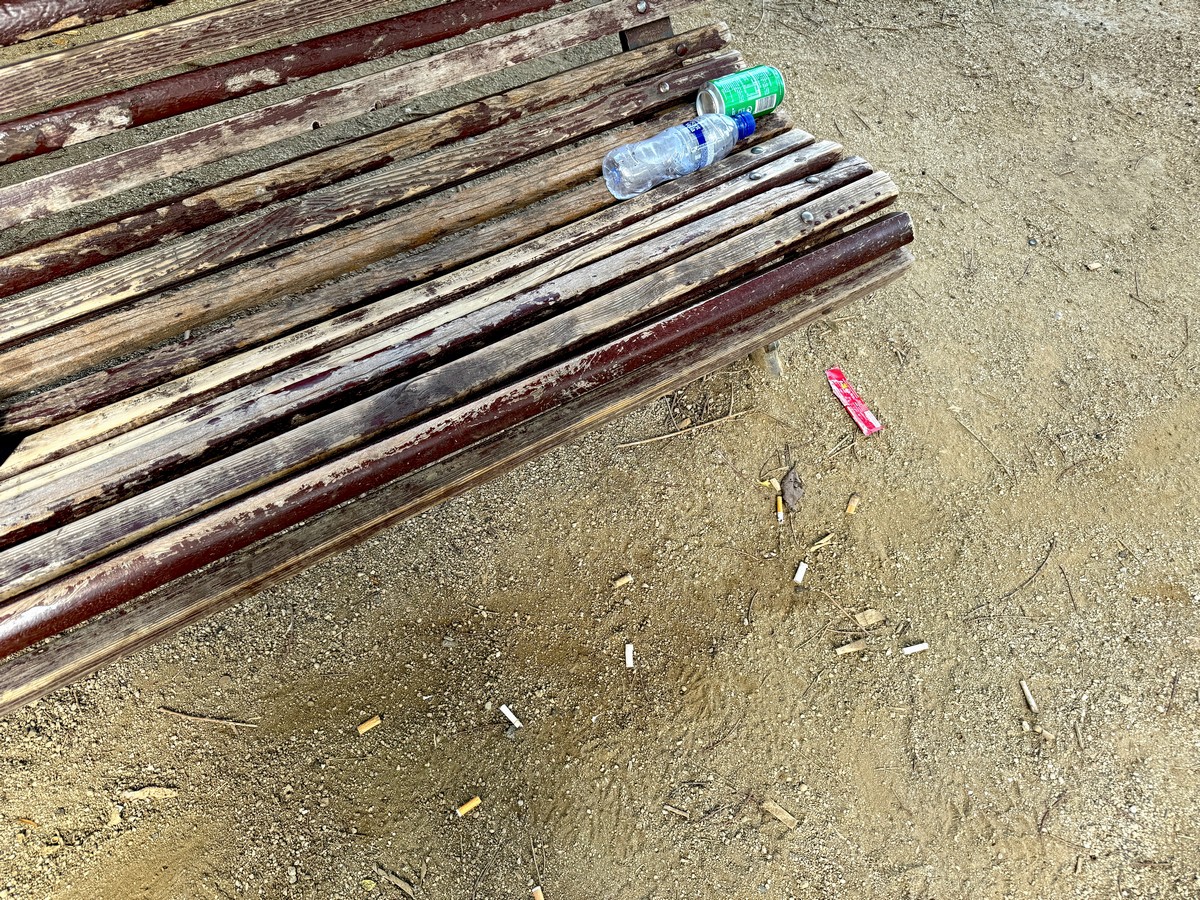
Cigarette butts and packaging littering the ground near a park bench in Barcelona, Spain. © Santi Serrat
Informing consumers does not always yield effective results. Many are aware of the harmful effects of tobacco on their health, yet they continue to smoke. The carcinogenic effect of tobacco and the fact that nicotine is a toxic alkaloid have been widely publicized. Can it be effective to explain that it also harms many forms of life, not just humans? How many smokers know that cellulose acetate, plasticizers in filters, and the heavy metals in cigarettes cause significant damage to plants when they come into contact with nearby water?
Educate to Raise Awareness
While bans and fines are temporary measures, they do not address the root cause of the problem. Experts advocate for an educational approach based on scientific evidence of the damage caused by littering, despite the evident failures in the educational model of the developed world. Similar to how the CLTS approach brought about a change in behaviour regarding open defecation in community settings, the evidence of street litter should raise awareness among those who generate it. It’s important to note that the public plays a significant role in generating street litter and therefore, they have a responsibility to maintain cleanliness. Governments, scientists, institutions, and the media should be obligated to inform the public about the harms of litter and the benefits of cleanliness.


